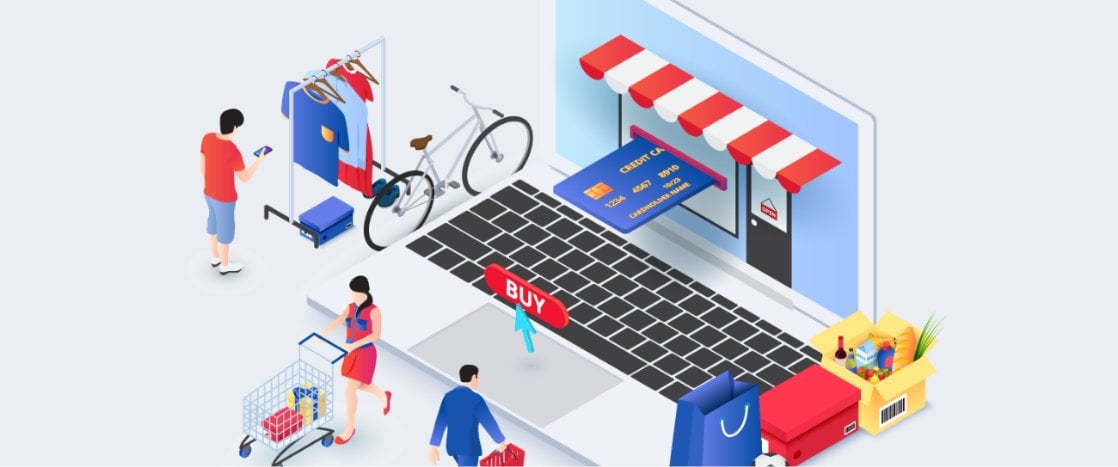By Brennan Heyde | June 13, 2023

See why top ecommerce brands use Miva’s no-code platform to run
multiple stores, manage massive catalogs, and grow their revenue.
Every ecommerce merchant wants to optimize expenses and save money. Typically, one of a merchant’s largest expenses each month comes from credit card processing. It sure is nice to be able to accept any credit card on your website. However, that convenience comes with some real costs, when your gateway and merchant processor charge you a percentage of every dollar you process. Market rates typically start at 3% and can get lower based on transaction volume.
These recurring monthly costs can add up to real money each month—thousands or tens of thousands of dollars. Where is this money going?
In the US, there are 4 main credit card brands: Visa, Mastercard, American Express and Discover. Each card brand makes money by charging interchange fees.
Interchange fees, also known as interchange rates, are fees that are charged by credit card networks to the merchant's bank (acquirer) for processing credit and debit card transactions. These fees are a crucial component of the payment ecosystem and play a role in covering the costs associated with transaction processing, fraud prevention, network maintenance, and other operational expenses. These fees are fixed and the same across all card types and merchants.
In addition, the bank who issued the card takes a cut of the fees charged for providing the support and service around the credit card itself. Finally, the merchant processor who is doing the payment processing for the merchant will get a cut of the fees for taking the risk on the transactions.
Now here is where the magic happens: Credit card brands incentivize merchants to share additional transaction data by lowering the interchange rates they charge for using certain business credit card types.
Level 2 and Level 3 data in payment processing refer to additional information beyond basic transaction details that can be included when processing commercial or business-to-business (B2B) transactions. This includes tax, shipping, PO number, and item level data. The benefits of using Level 2 and Level 3 data in payment processing include:
The main reason is cost savings for Visa and others card brands: Visa can benefit from the inclusion of Level 2 and Level 3 data by reducing the effort and resources required for data verification and transaction processing. The additional data allows for smoother reconciliation and verification processes, potentially reducing the costs associated with fraud prevention and dispute resolution.
In addition, this provides card brands a way to incentivizing B2B transactions: Level 2 and Level 3 data are particularly relevant for B2B transactions, where detailed reporting, compliance, and reconciliation are important. By offering interchange discounts for Level 2 and Level 3 data, Visa incentivizes businesses to provide comprehensive transaction information, making Visa a more attractive payment option for B2B purchases.
These savings then get passed on to you the end merchant, reducing your credit card processing costs. If you’re not using level 2/3 data you’re leaving money on the table each month.
But what if I don’t sell to other businesses?
Even if you are a consumer focused ecommerce website, it’s very likely your customers are already using business credit cards to make purchases. So, there are likely savings there to be gained regardless of who you sell to. The only way to tell for sure is to contact us to get a free statement analysis.
As of 10.07.00 Miva supports Level 2 & 3 Data for the following gateways:
Miva has partnered with the leading US merchant processor, WorldPay, to help Miva customers take advantage of lower interchange rates and save money every month.
If you’re interested in finding out how much you can save, contact our Payments Team at payments@miva.com.

Love it? Share it!
No worries, download the PDF version now and enjoy your reading later...
Download PDF Brennan Heyde
Brennan Heyde
Brennan Heyde is the VP of Payments & Strategic Partners at Miva. His goal is to help Miva customers increase revenue through payments and solve important customer problems via integrations Miva supports.
Visit Website